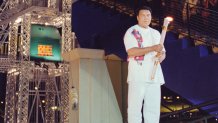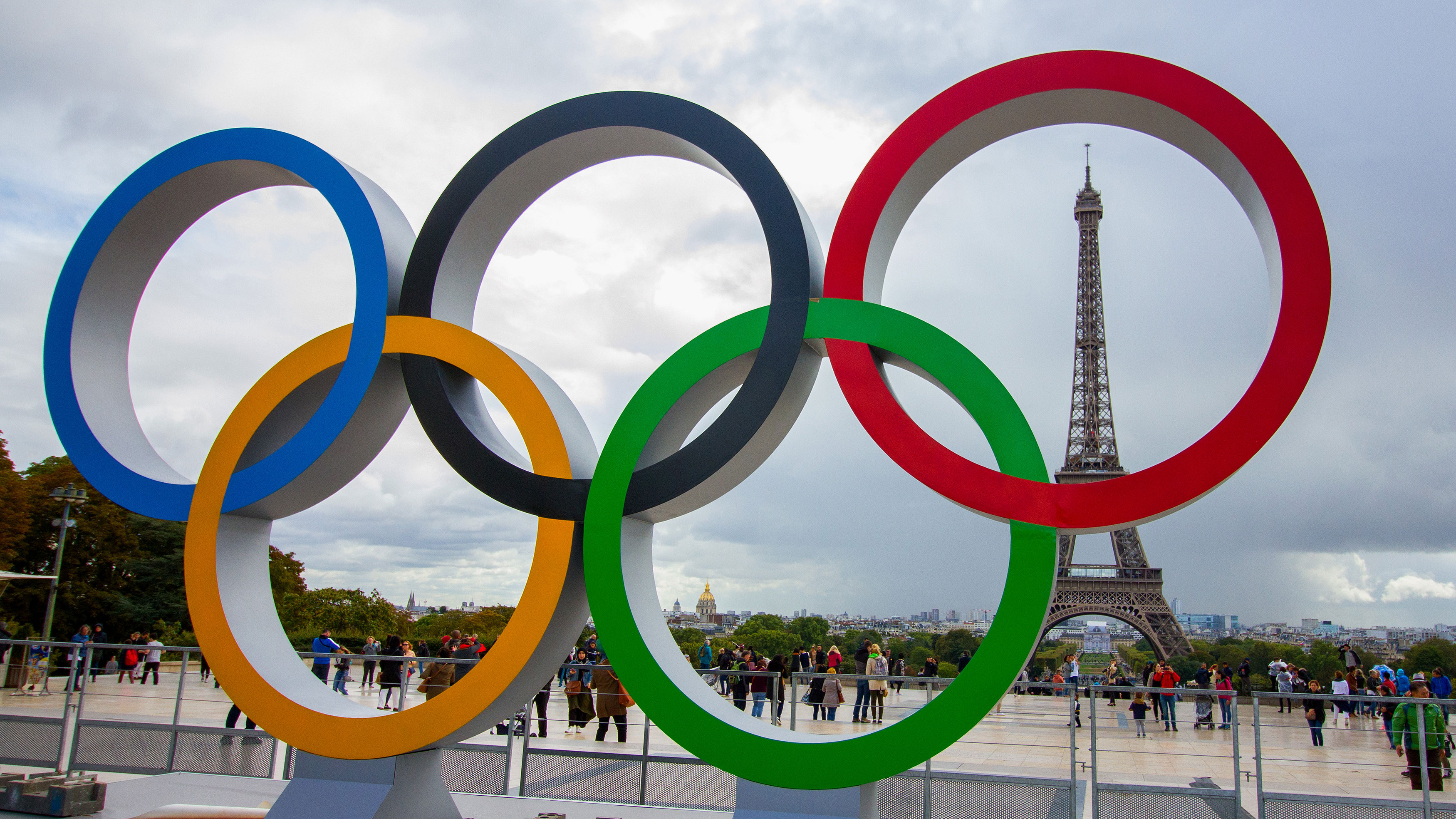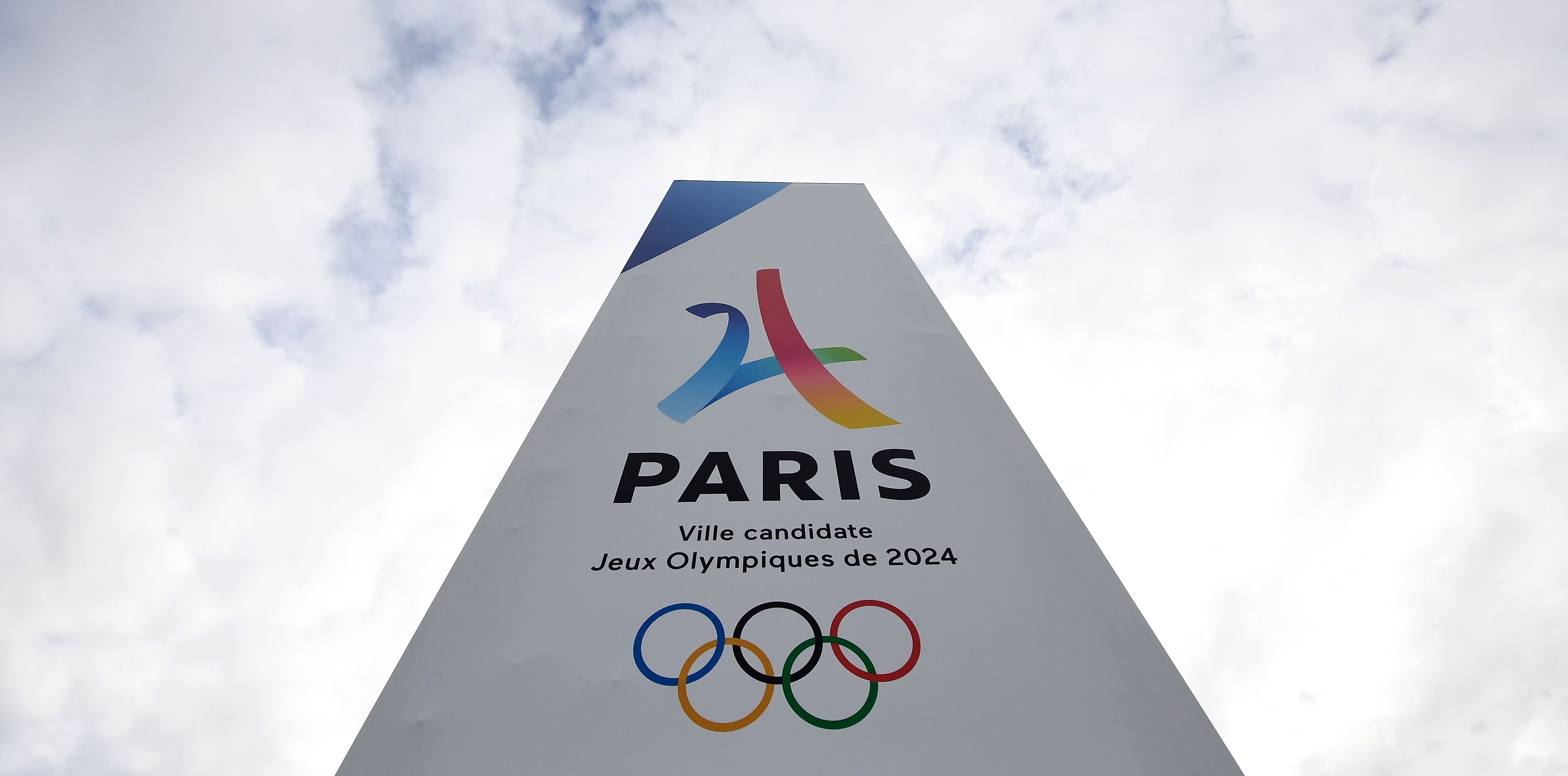Plenty of traditions will take place before the 2024 Olympics get underway.
None, though, are as symbolic as lighting the Olympic cauldron. Every two years, host nations put on an immersive ceremony to kick off the event. It all culminates with the cauldron being lit, either by an athlete, notable figure or whoever else might get chosen.
So, what's the history behind lighting the cauldron? And who are all the people who have done the honor?
Here's a full breakdown of the history of carrying the torch and lighting the Olympic cauldron:
Get top local stories in San Diego delivered to you every morning. Sign up for NBC San Diego's News Headlines newsletter.
When did the Olympic cauldron tradition start?
The first flame appeared at the 1928 Summer Olympics in Amsterdam, but that was just a symbolic flame. Eight years later in Berlin, the Olympic flame and Olympic torch relay was introduced at the 1936 Summer Games.
Who are the most famous people to light the Olympic cauldron?
Every two years, host nations trot out their brightest stars for the distinct honor of lighting the Olympic cauldron. Here are three of the most notable figures to handle the job:
Muhammad Ali, 1996 (Atlanta)
The 1960 Olympic gold medalist lit the cauldron in Atlanta in what was a surprising appearance. Ali was suffering from Parkinson's disease during this time, causing his hand to shake as he battled the pain while holding the torch.

Wayne Gretzky, 2010 (Vancouver)
Gretzky, along with fellow Canadian star athletes Steve Nash, Nancy Greene and Catriona Le May Doan, helped light the cauldron in 2010. Widely considered to be the greatest hockey player ever, Gretzky put the finishing touches on the ceremony as the last torch to be lit.
Naomi Osaka, 2020 (Tokyo)
The route of the torch relay was altered for the Tokyo Olympics due to the COVID-19 pandemic, which pushed the Games back one year. But once everyone gathered in the Japanese capital, the then-23-year-old tennis player lit the cauldron.
Full list of Olympic torchbearers
1936 (Berlin): Fritz Schilgen, track and field
1948 (London): John Mark, track and field
1952 (Oslo): Eigil Nansen, non-athlete
1952 (Helsinki): Paavo Nurmi and Hannes Kolehmainen, track and field
1956 (Cortina d'Ampezzo): Guido Caroli, speed skating
1956 (Melbourne): Ron Clarke, track and field, and Hans Wikne, equestrian
1960 (Squaw Valley): Ken Henry, speed skating
1960 (Rome): Giancarlo Peris, track and field
1964 (Innsbruck): Josef Rieder, alpine skiing
1964 (Tokyo): Yoshinori Sakai, track and field
1968 (Grenoble): Alain Calmat, figure skating
1968 (Mexico City): Enriqueta Basilio, track and field
1972 (Sapporo): Hideki Takada, non-athlete
1972 (Munich): Günther Zahn, track and field
1976 (Innsbruck): Christl Haas, alpine skiing, and Josef Feistmantl, luge
1976 (Montreal): Sandra Henderson, gymnastics, and Stéphane Préfontaine, track and field
1980 (Lake Placid): Charles Kerr, non-athlete
1980 (Moscow): Sergei Belov, basketball
1984 (Sarajevo): Sandra Dubravčić, figure skating
1984 (Los Angeles): Rafer Johnson, track and field
1988 (Calgary): Robyn Perry, figure skating
1988 (Seoul): Chung Sun-man and Sohn Mi-chung, non athletes, and Kim Won-tak, track and field
1992 (Albertville): Michel Platini, soccer, and François-Cyrille Grange, alpine skiing
1992 (Barcelona): Antonio Rebollo, archery
1994 (Lillehammer): Haakon, Crown Prince of Norway, non-athlete
1996 (Atlanta): Muhammad Ali, boxing
1998 (Nagano): Midori Ito, figure skating
2000 (Sydney): Cathy Freeman, track and field
2002 (Salt Lake City): 1980 U.S. Olympic ice hockey team
2004 (Athens): Nikolaos Kaklamanakis, sailing
2006 (Turin): Stefania Belmondo, cross-country skiing
2008 (Beijing): Li Ning, artistic gymnastics
2010 (Vancouver): Steve Nash, basketball, Nancy Greene Raine, alpine skiing, Wayne Gretzky, ice hockey and Catriona Le May Doan, speed skating
2012 (London): Desirèe Henry, Katie Kirk, Aidan Reynolds and Adelle Tracey, track and field, Callum Airlie, sailing, Jordan Duckitt, non-athlete and Cameron MacRitchie, rowing
2014 (Sochi): Irina Rodnina, figure skating, and Vladislav Tretiak, ice hockey
2016 (Rio de Janeiro): Vanderlei Cordeiro de Lima, athletics
2018 (Pyeongchang): Yuna Kim, figure skating
2021 (Tokyo): Naomi Osaka, tennis
2022 (Beijing): Dinigeer Yilamujiang, cross-country skiing, and Zhao Jiawen, nordic combined
2024 (Paris): TBA
What does it mean to light the Olympic cauldron?
The lighting of the Olympic cauldron is thought to be the official start of the Games. When the final torchbearer lights the flame in the stadium at the Opening Ceremony, it's a moment that symbolizes the beginning of competition.
It is an honor for a person to be chosen to light the cauldron in their home country. The responsibility is traditionally given to a sporting legend of the nation, either active or retired.





